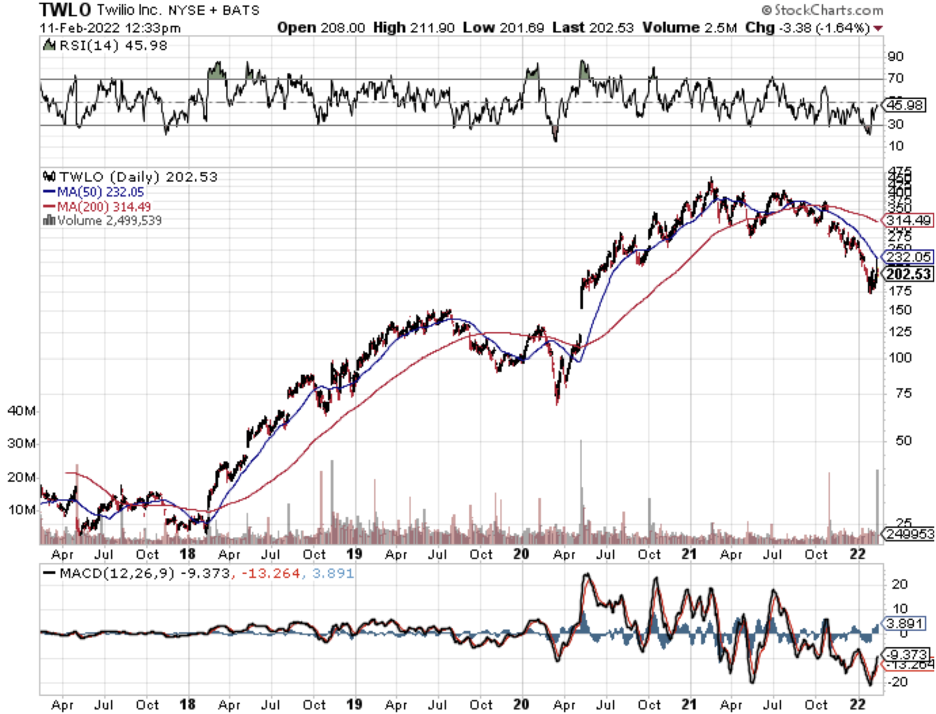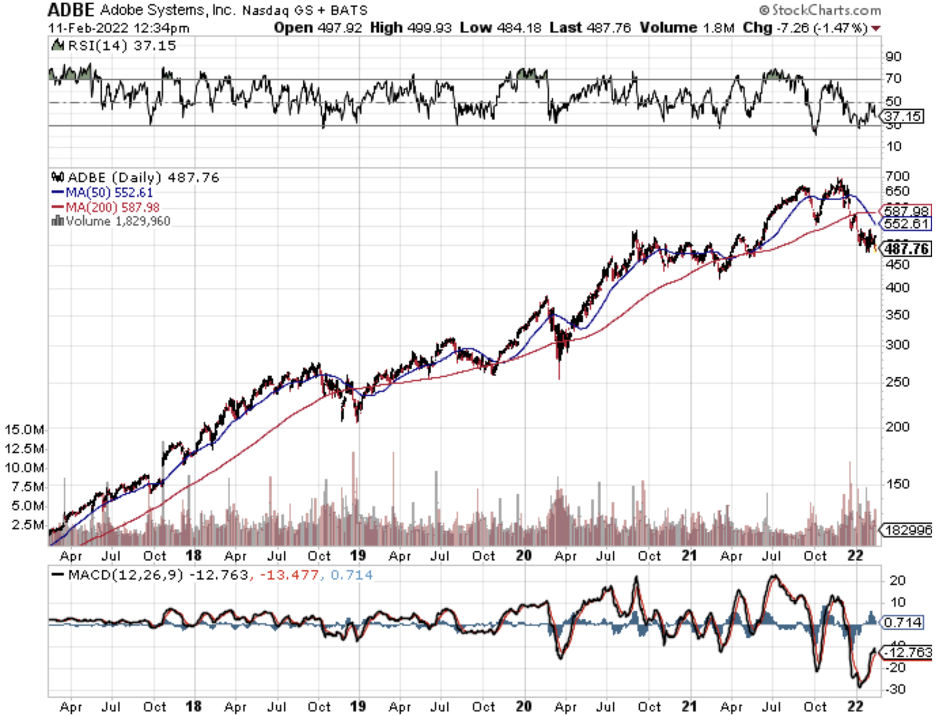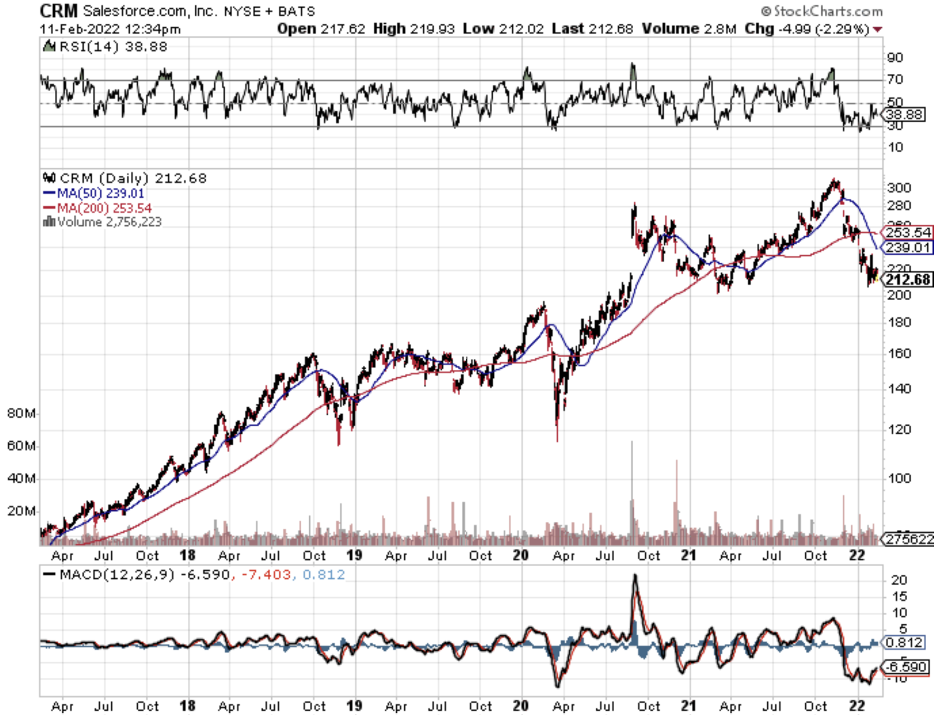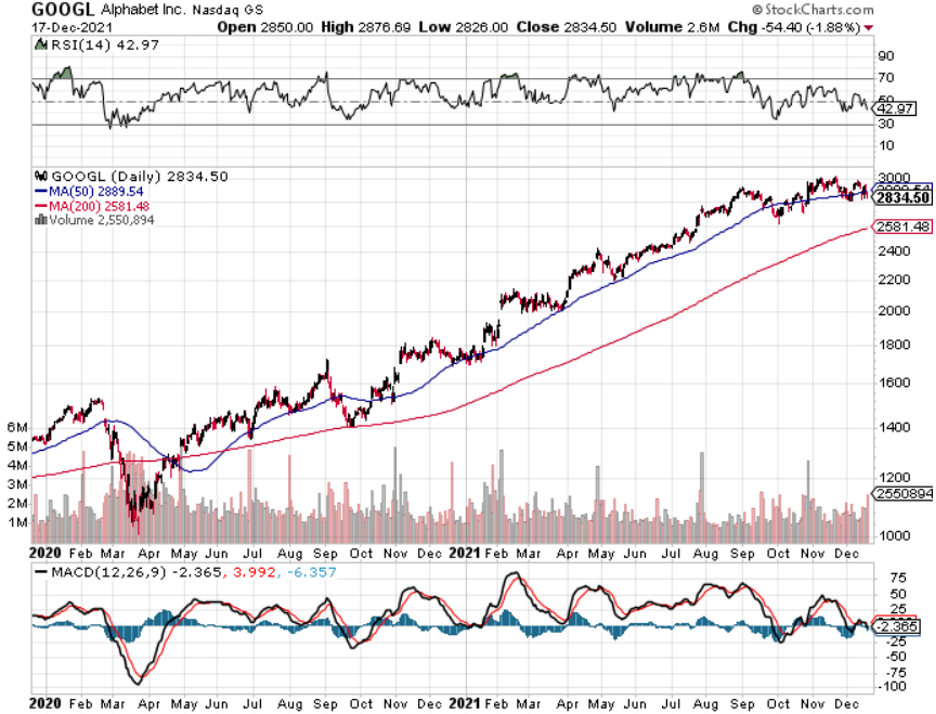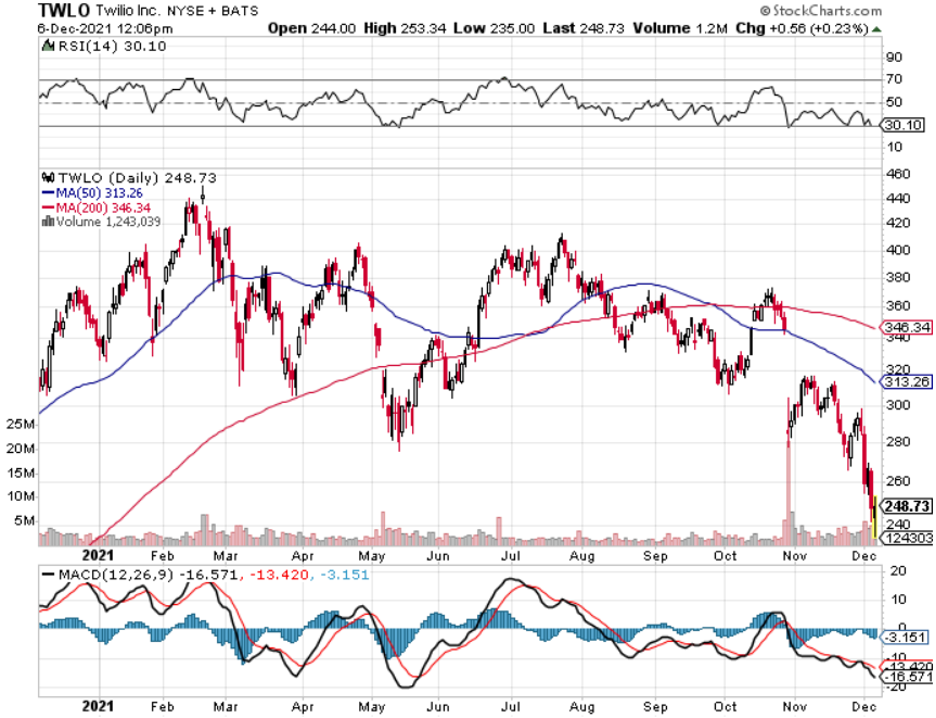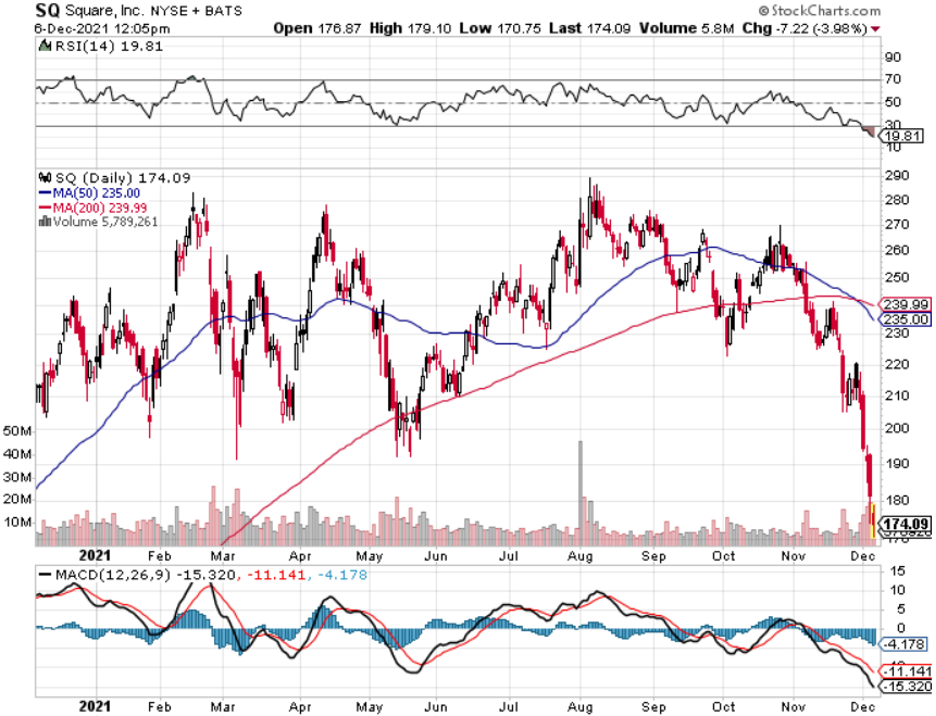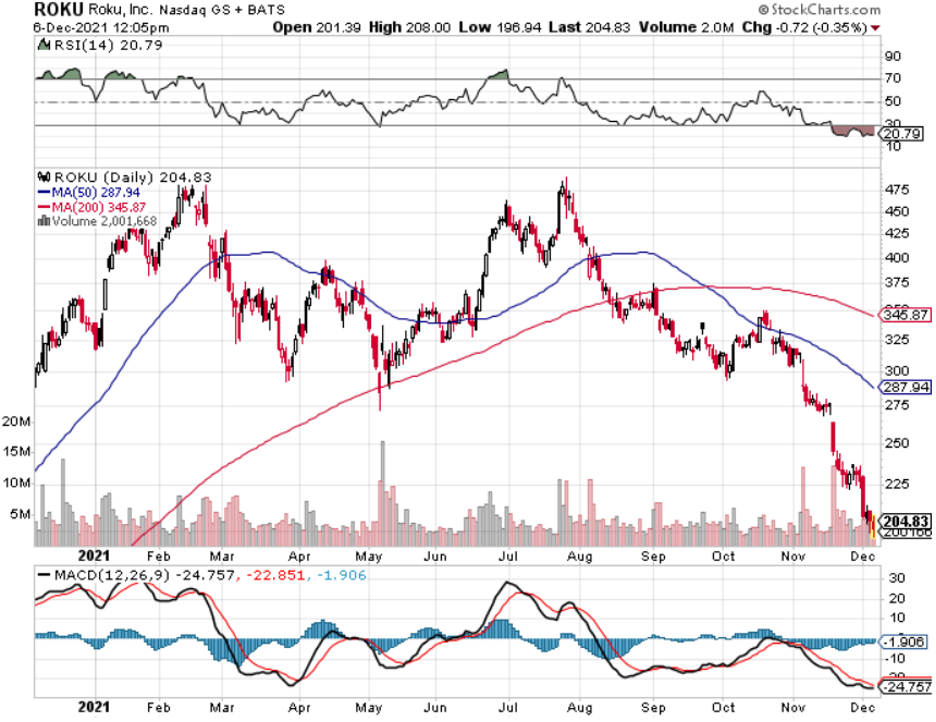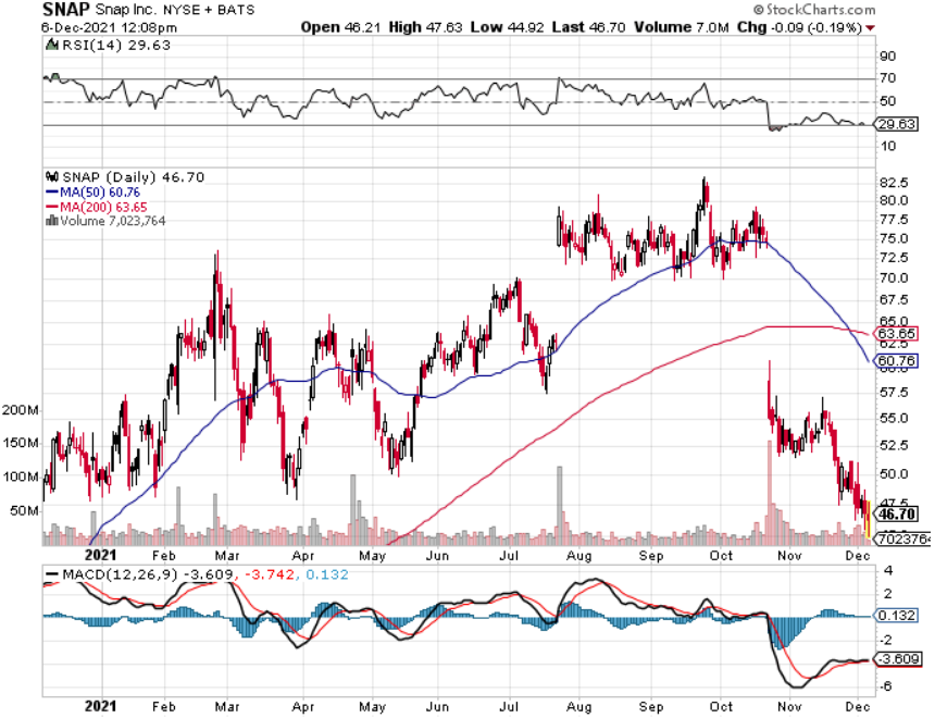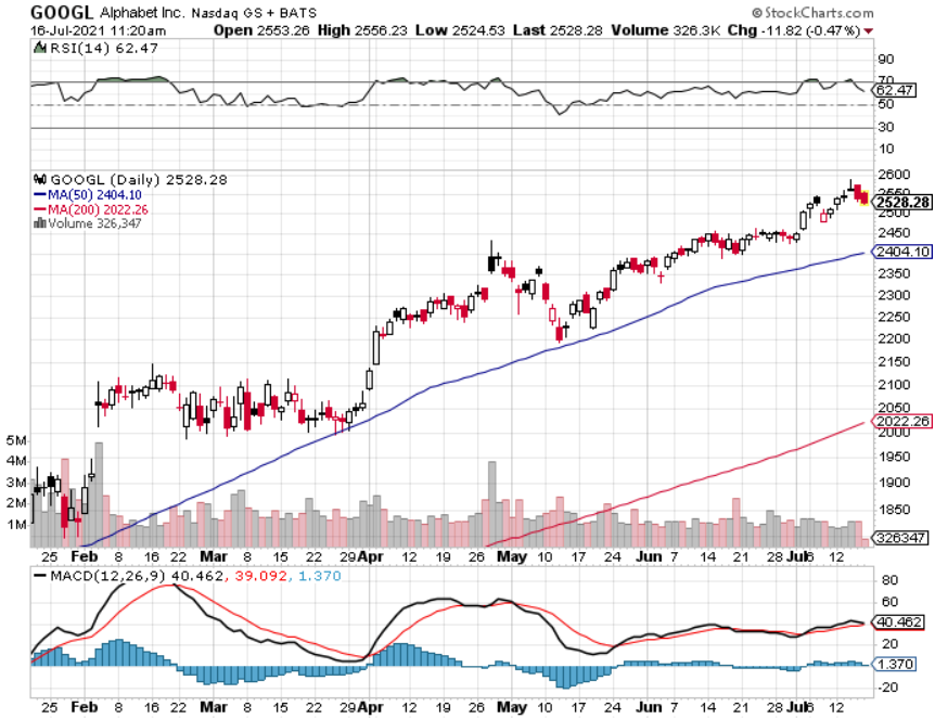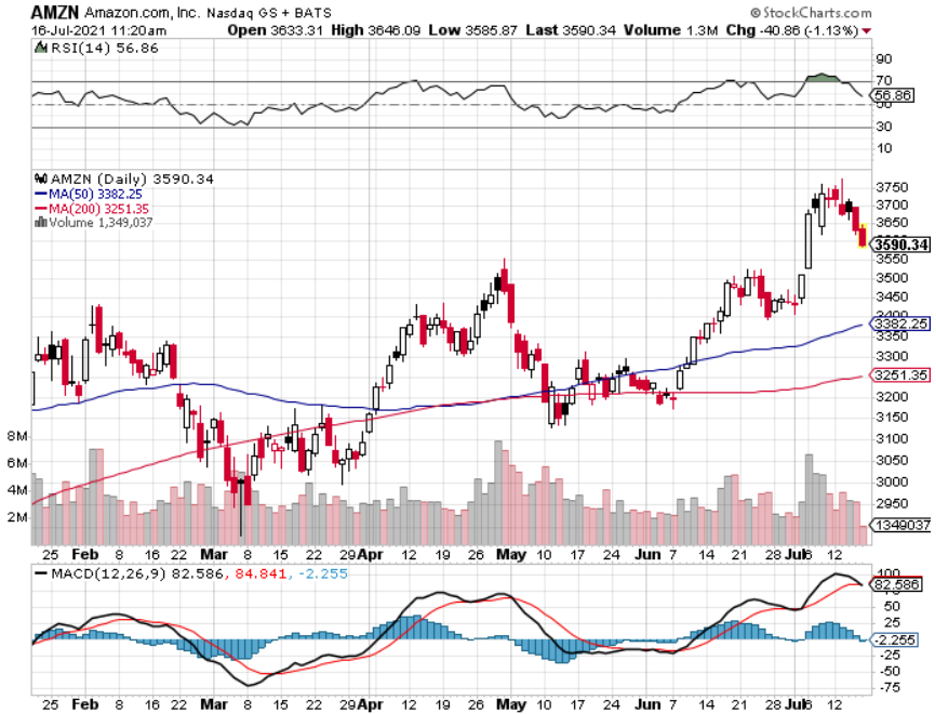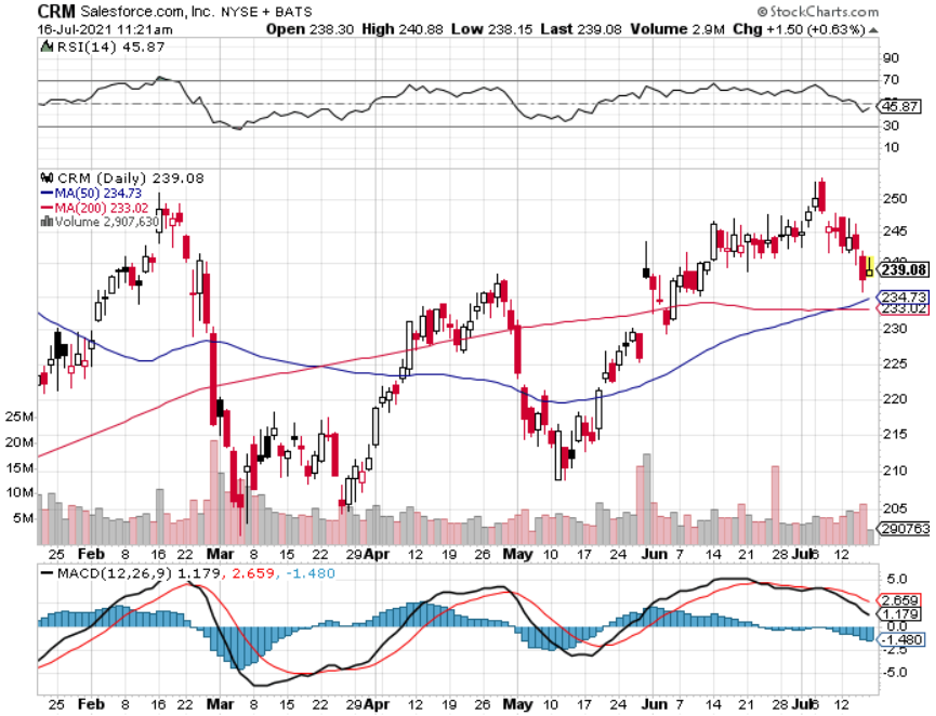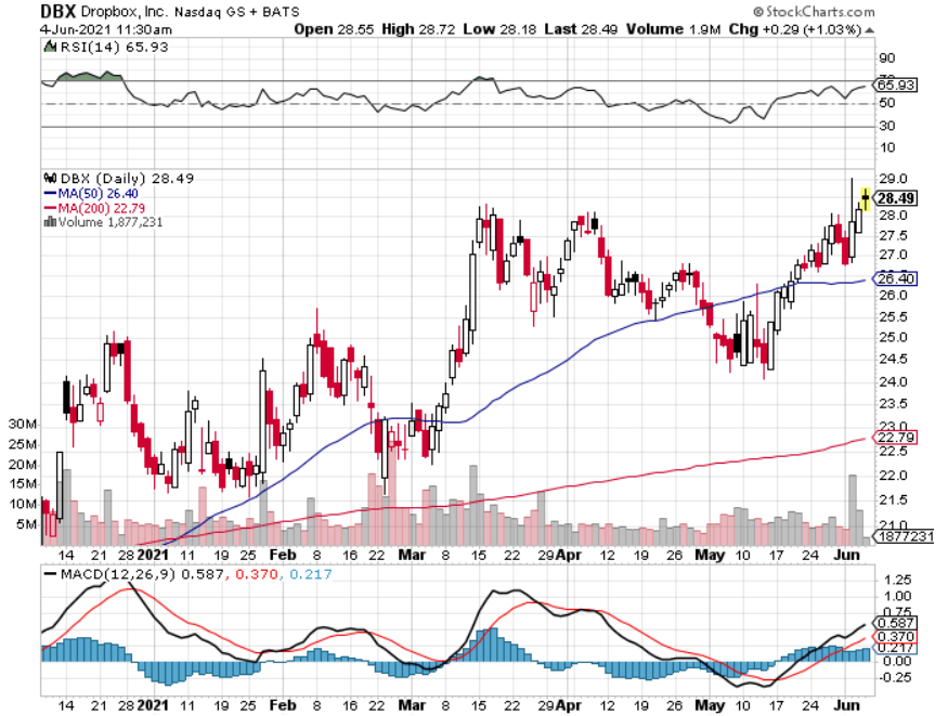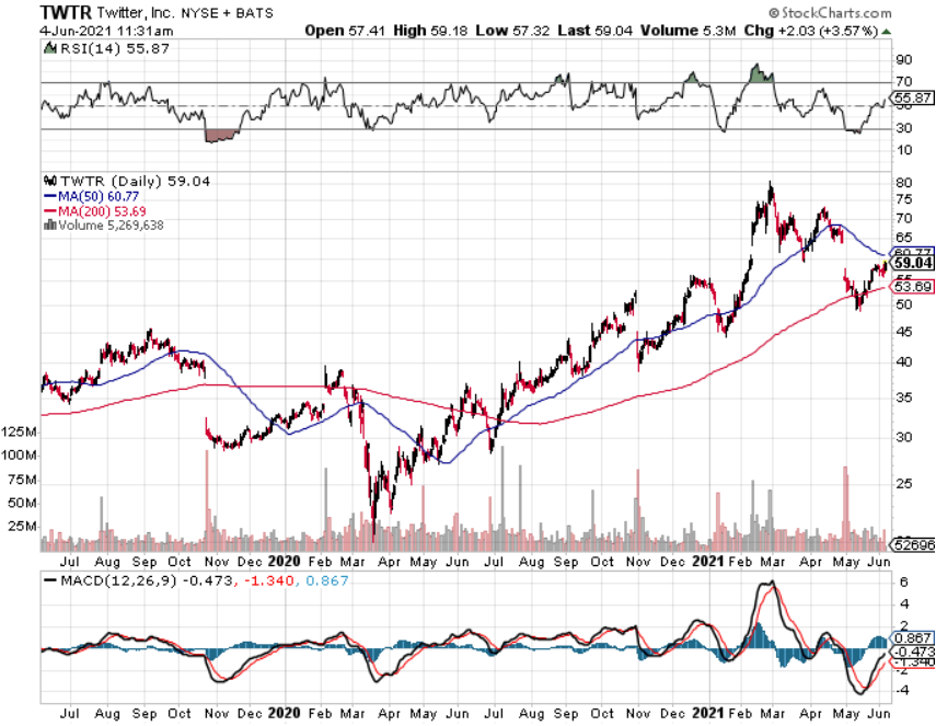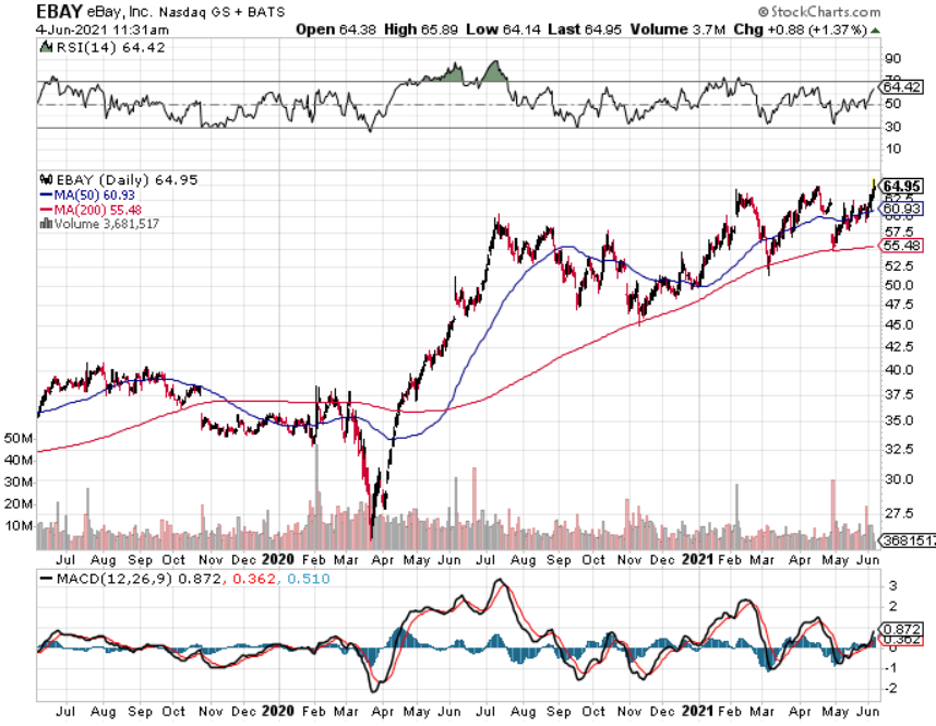Twilio (TWLO) cranked the ball out of the ballpark in its latest quarterly performance.
For a company that’s been burning cash for years, such as 2021’s performance of negative $950 million, analysts expected another few years of losses.
That’s not the only loss, the years before were saddled with unprofitable times like the $490 million burnt in 2020 and they still haven’t recorded a single profitable year yet.
So for Chief Executive Officer of Twilio Jeff Lawson to tell us that he expects Twilio to be profitable in 2023 is a gamechanger.
This guy has elevated Twilio to the dominant provider of business-to-consumer communications tools, powering messages such as the Uber notification you receive after ordering a ride, into an estimated $79 billion market for software to help optimize customer experiences.
Busting out the “P word” when many analysts were expecting to count the losses is a big deal for growth tech and TWLO can expect a new breed of institutional investors to enter the fold because of their positive signaling.
It’s not only them.
They have been tactical in a series of aggressive moves adding new companies to their core like Segment.
Segment, the customer data platform provider that Twilio purchased in 2020 for $3.2 billion is one of the reasons why the juice might be worth the squeeze.
It was the company’s biggest acquisition to date and the most-watched by investors.
The integration of Segment is expected to enhance the bulk of Twilio’s product portfolio.
It effectively functions as a repository of continually updated first-party customer information that businesses can use to improve marketing and support, with the goal of fostering loyalty and higher sales.
The timing of the deal was critical given Apple’s (AAPL) stricter data treatment and Google’s (GOOGL) narrowing of its web-tracking software.
At the same time, the acquisition of Segment nudged Twilio towards the direction of competing with Silicon Valley stalwarts like Salesforce (CRM) and Adobe (ADBE).
A key difference between Twilio and its rivals is the ability for developers within businesses to conveniently build customized programs on top of the company’s base tools.
Not only did management indicate that profitability is arriving next year, but they signaled strong revenue growth of over 30% for the next three years.
Easily said, TWLO is morphing into an indestructible force that is harnessing soon-to-be profitability, growth, and future success all wrapped into one company.
In this era, it’s hard to get all broad strategies working simultaneously because most tech firms will sacrifice profits for growth.
On top of that, management shared that they fully expect gross margins to surpass 60% in the long-term translating into a highly profitable company.
That’s the beauty of the software as a service (SaaS) model, the scalability works well inside the financial parameters which is why companies like Adobe and Salesforce bust out such great metrics.
Three other acquisitions Lawson believes will make a difference are Engage for the marketer, which is still very early in its cycle, most recently, a software called Frontline, which can be used by frontline workers and even sales teams to be more efficient, and lastly, Flex for the contact center.
All indications show this is nowhere near a “pandemic stock” and the fourth-quarter revenue jumping to 54% to $842.7 million while guiding for $865 million next quarter validates that.
This communication as a software company is sticky as can be and has a valid use case in many different apps that need to link the back-end interfaces with customer functionality.
TWLO will move from strength to strength going forward and this software company has a real chance to make its mark as not just a company considered second tier, but even a flight to safety type of tech stock which are few and far between.
The stock is still highly volatile which makes it easy to add on the big dips, but readers should avoid the small dips.
I am bullish TWLO.

